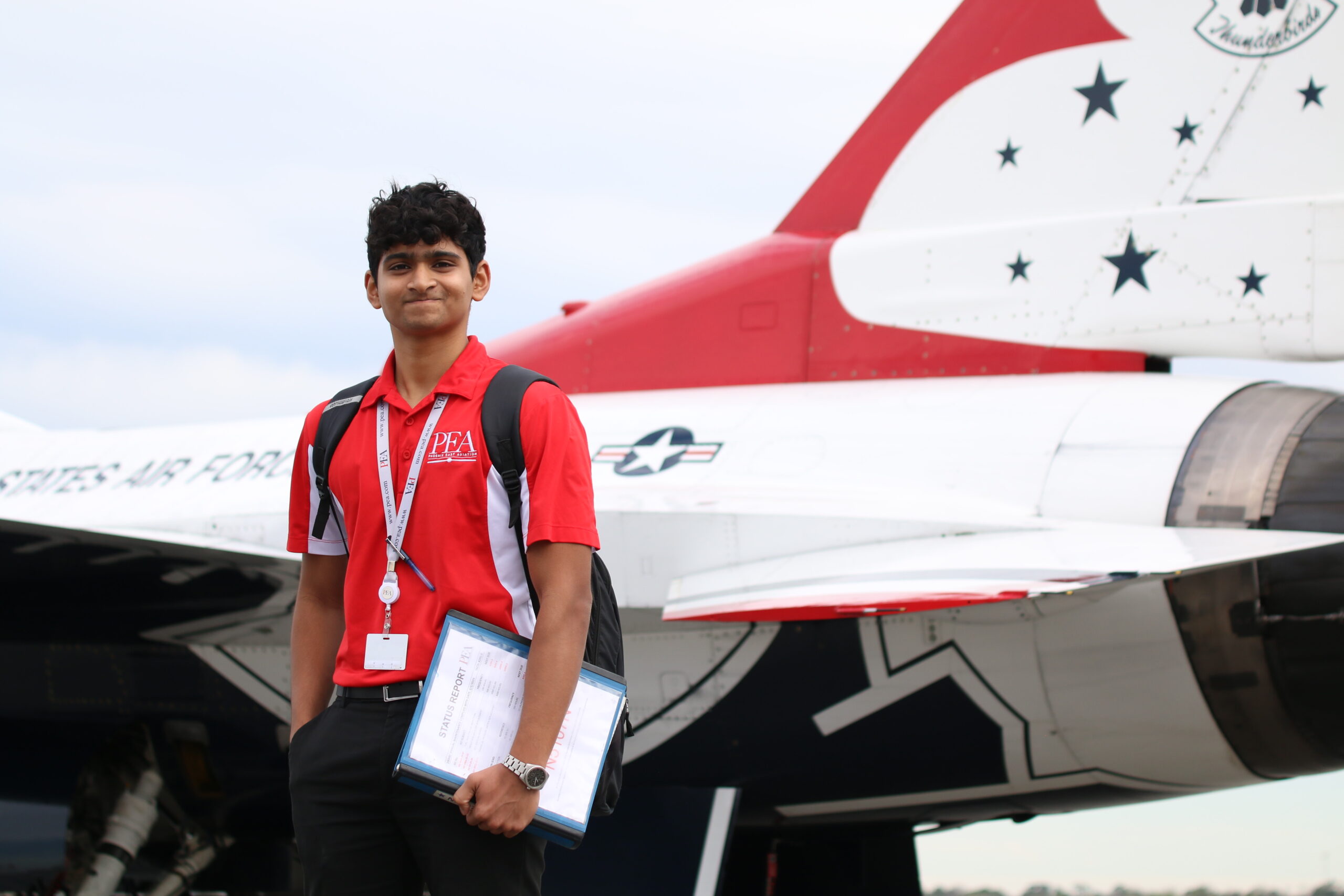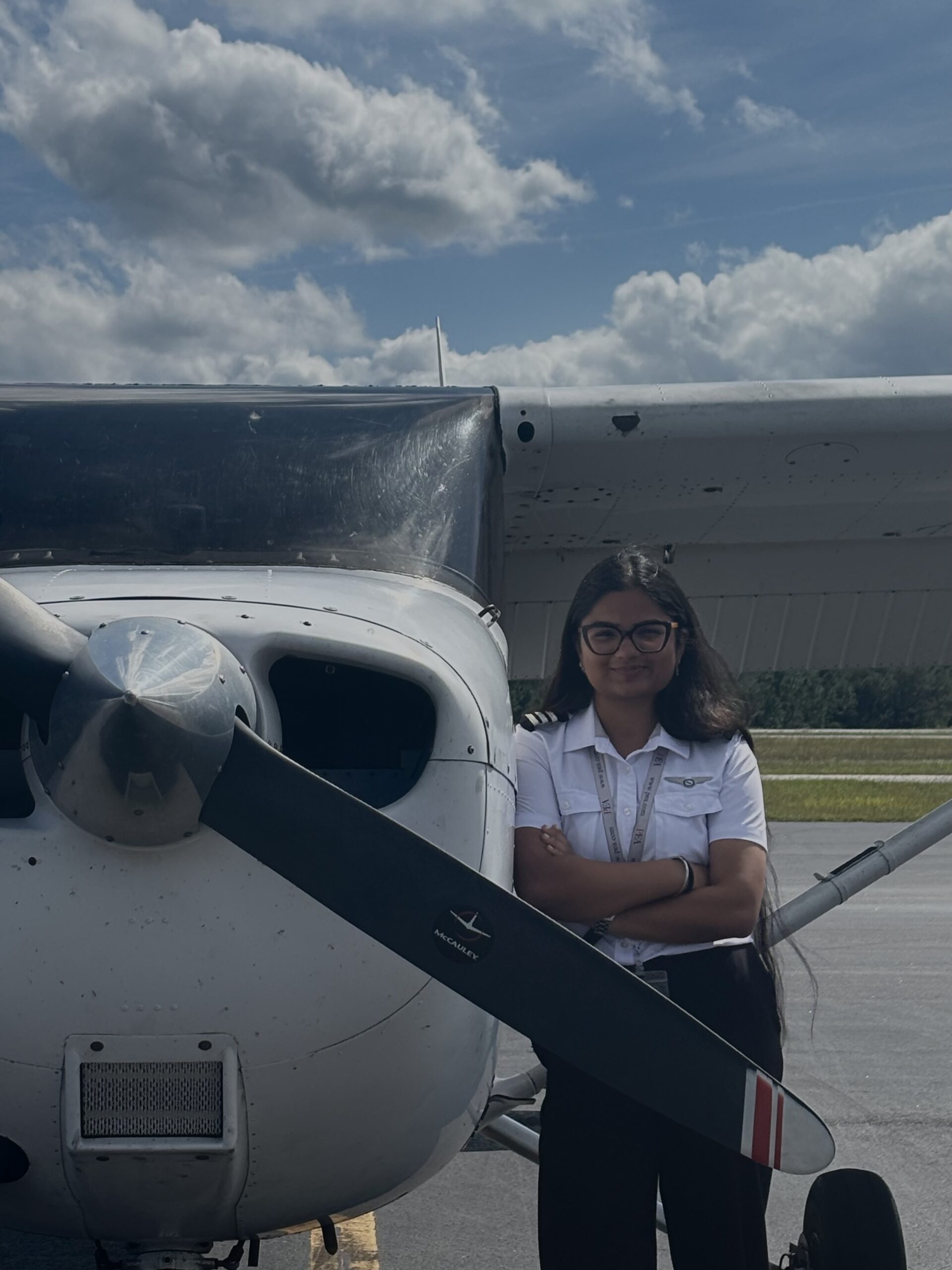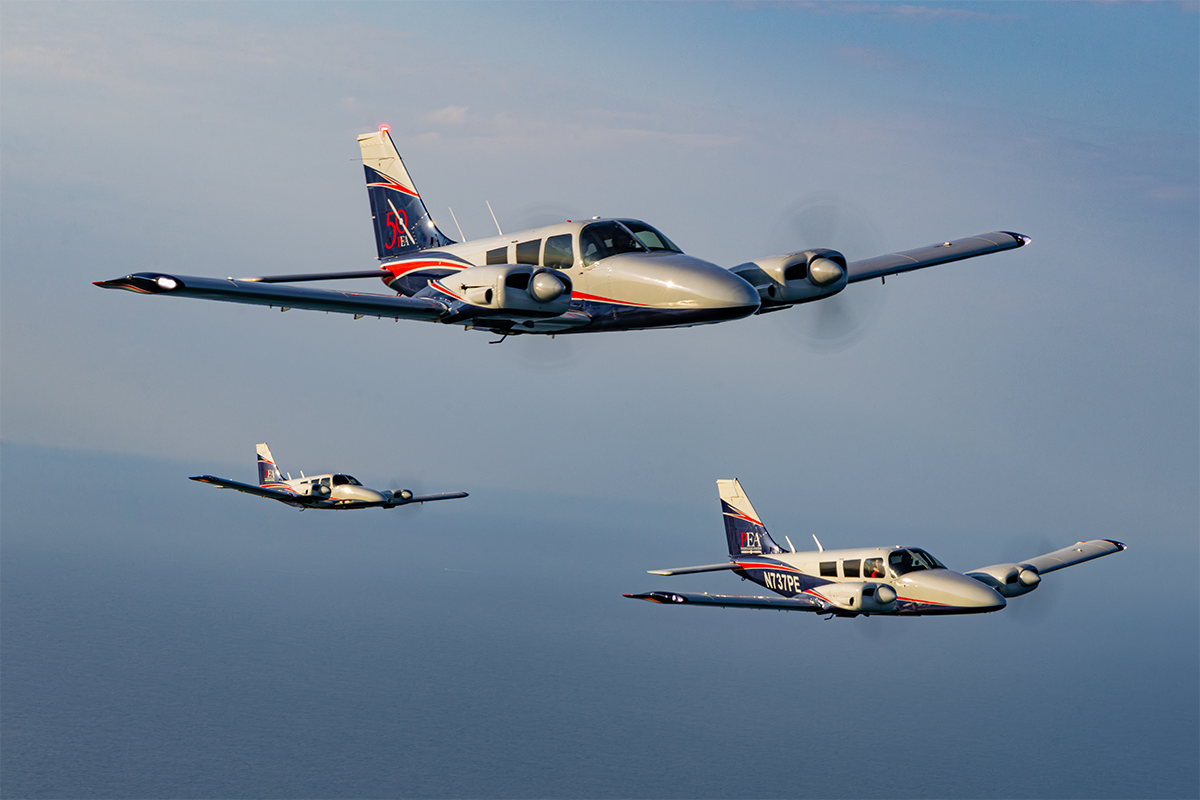What Is The Instrument Rating and Why Is It important?
Being instrument rated within the aviation industry is a significant achievement that opens up new horizons for pilots. An instrument rating refers to the qualification allowing aviators to fly safely in challenging weather conditions and low visibility, relying solely on the aircraft’s instruments. This specialized training equips pilots with the skills and knowledge necessary to navigate through clouds, fog, or other adverse weather situations where visual references are limited or absent. Instrument-rated pilots are adept at interpreting the intricate data provided by instruments such as the attitude indicator, altimeter, and navigation systems to maintain precise control of the aircraft. This certification enhances flight safety by enabling pilots to effectively operate under instrument flight rules (IFR), which expands their operational capabilities. The instrument rating demonstrates a pilot’s dedication to professionalism, proficiency, and commitment to continuous learning in the dynamic and demanding field of aviation.

Full view of G1000 Avionics of Cessna 172
Being instrument rated as a pilot is crucial for several reasons. Firstly, it enhances safety by allowing pilots to navigate through the adverse weather conditions listed above. This capability is particularly vital during critical phases of flight, such as takeoff and landing, when pilots need precise control and accurate information to ensure a safe outcome. Additionally, it allows instrument-rated pilots to operate in a structured framework for air traffic control and helps maintain separation between aircraft. By adhering to IFR procedures and relying on instruments, pilots can mitigate the risks associated with visual flight and reduce the likelihood of collisions or navigational errors.
Moreover, an instrument rating expands a pilot’s operational flexibility and versatility. It allows them to fly in controlled airspace, including busy terminal areas and airports with intricate instrument approaches. This opens up more flight options, enables pilots to access better-equipped airports, and reduces the reliance on visual cues for navigation. It also facilitates efficient routing and the utilization of advanced navigation aids, such as GPS and RNAV (Area Navigation) systems, leading to time and fuel savings.
When do I complete this training?
The point at which you become instrument rated during flight training typically varies based on the individual’s progress and training program. However, instrument rating training generally occurs after obtaining a private pilot license (PPL) or a commercial pilot license (CPL). In most cases, aspiring pilots start with a PPL, which focuses on acquiring the necessary skills and knowledge for visual flight rules (VFR) operations. Once you have a PPL, you can proceed with instrument rating training. At Phoenix East Aviation, our students can choose the full Private and Professional Program, which has them complete their private pilot’s license then instrument rating and from there, progress to their commercial pilot license through their instructor ratings.
What will my training look like?
Instrument rating training involves additional theoretical knowledge and flight training specific to instrument flight rules (IFR). It covers topics such as instrument flight procedures, navigation aids, weather interpretation, and instrument flying techniques. The training includes both ground instruction, flight lessons, and practice. The FAA, for example, requires a minimum of 40 hours of instrument flight training, including at least 15 hours with an authorized instructor and 3 hours in preparation for the practical test. However, these are minimum requirements, and it’s not uncommon for students to exceed these minimums.
During the flight training, you will learn to fly solely by reference to instruments while simulating various instrument flight scenarios. This includes mastering instrument approaches, holds, enroute navigation, and accurate interpretation of instrument indications. Additionally, you will practice navigation techniques using navigation aids and conduct simulated instrument approaches to airports.
After completing the required flight training hours and demonstrating proficiency in instrument flying, you will need to pass a practical test administered by an authorized examiner or designated pilot examiner. This examination evaluates your instrument flying skills, knowledge, and ability to adhere to IFR procedures. Upon successfully passing the practical test, you will be issued an instrument rating, officially recognizing your qualification to fly under instrument flight rules.
What is some information and timelines for this training?
It is important to note that the specific requirements and regulations for instrument rating may vary depending on the country and aviation authority you are training under. Therefore, it is advisable to consult the relevant aviation authority or flight training organization for precise information regarding instrument rating requirements in your jurisdiction.
The time it takes to become instrument rated can vary significantly depending on various factors, including the individual’s availability, frequency of flight training, aptitude for instrument flying, and the training program’s structure. (Students have the opportunity to train either Part 141 or Part 61, and this would also impact their timeline. Phoenix East Aviation has students complete their instrument rating between 2 to 3 months on average. However if the accelerated route is taken, they can complete it in 2 months.
The duration of training can be influenced by factors such as weather conditions, the availability of aircraft and instructors, the student’s progress, and the student’s ability to grasp and apply the concepts of instrument flying effectively. It’s also important to consider that individuals who have more availability and can dedicate more time to training may be able to complete the program more quickly.
Some students choose to pursue an accelerated instrument rating course, which involves more intensive training over a shorter period, such as a few weeks or a couple of months. Phoenix East Aviation is proud to have an auxiliary training facility located in Palm Coast, Florida at the Flagler Executive Airport. This facility is where we offer our accelerated flight training program. These programs are typically immersive and require a high level of commitment and focus.
PEA offers a free tutoring program that many students utilize as an additional resource if they find themselves struggling in any aspect of their training. The tutoring program PEA provides is run by fellow students who are working on obtaining their Instructor Ratings. This also means the student who is receiving the tutoring gains reassurance, and leaves feeling confident knowing that they were assisted by someone who has once been where they are in their training. It is important for PEA that their students feel comfortable, confident, and ready to take on the skies!
Ultimately, the actual time it takes to become instrument rated varies from person to person. It is essential to maintain consistency in training, practice regularly, and work closely with your flight instructor to progress efficiently through the curriculum.




